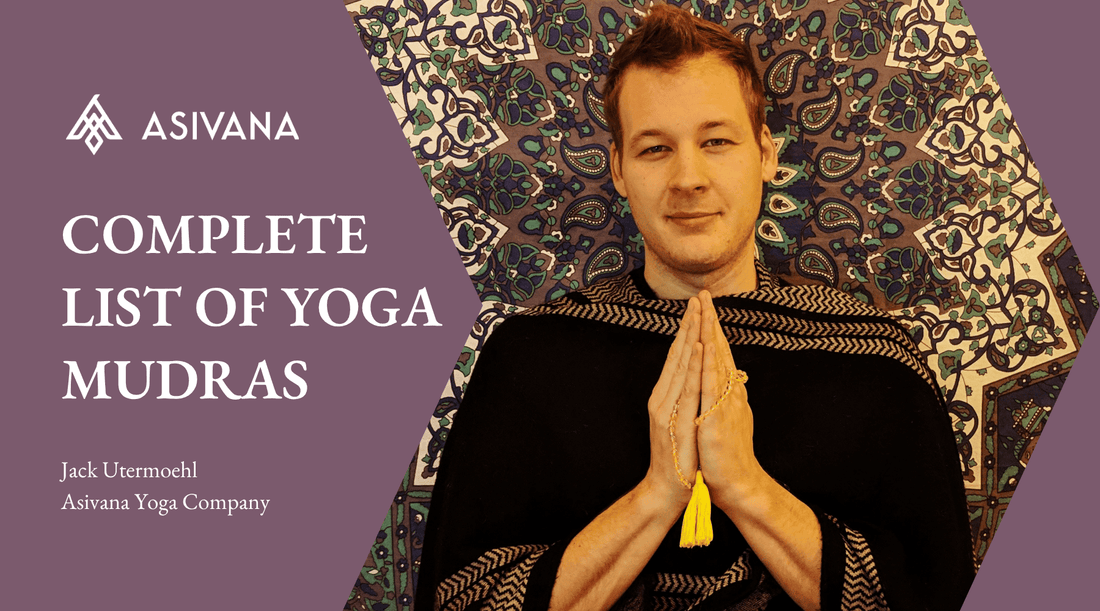
Complete List of Yoga Mudras
Jack UtermoehlShare
Yoga mudras are hand symbols and gestures that ‘seal’ the body's energy (prana) flow and unlock deeper levels of concentration, healing, and other qualities. These gestures, though seemingly benign and simple, hold powerful significance in yoga practice and meditation.
This comprehensive list of yoga mudras will guide you to a better understanding of mudras; how to use mudras, how to perform mudras, and pictures of mudras to help you practice these yogic hand gestures.
Mudras are symbolic hand gestures used in yoga and meditation to direct energy within the body. The term "mudra" is Sanskrit for "seal" or "gesture." Each mudra connects specific circuits in the body known as nadis, facilitating the flow of prana vayus (life energy flow) and helping to balance the chakra energy centers within your koshas (body).
The Complete List of Yoga Mudras
| Mudra Name ↓ | English | Mudra Image |
|---|---|---|
| Abhaya Mudra | Fearlessness Gesture |  |
| Adhi Mudra | Gesture of Primordial Stillness |  |
| Agni Mudra | Seal of Fire |  |
| Akasha Mudra | Gesture of Space |  |
| Ananta Mudra | Gesture of Infinity |  |
| Anjali Mudra | Salutation Seal |  |
| Apana Mudra | Downward-Flowing Energy Seal |  |
| Apana Vayu Mudra | Gesture of Downward Flowing Prana |  |
| Bhairava Mudra | Gesture of Fierceness |  |
| Brahma Mudra | Gesture of Creative Energy |  |
| Chin Mudra | Consciousness Seal |  |
| Chinmaya Mudra | Gesture of Embodied Knowledge |  |
| Citta Mudra | Gesture of Heart-Mind |  |
| Dharmadhatu Mudra | Gesture of Tranquility |  |
| Dhyana Mudra | Gesture of Meditation |  |
| Dvimukham Mudra | Gesture of Two Faces |  |
| Ganesha Mudra | Gesture of Ganesh |  |
| Garuda Mudra | Gesture of the Eagle |  |
| Gyan Mudra | Gesture of Knowledge |  |
| Hakini Mudra | Gesture of the Goddess Hakini |  |
| Hansi Mudra | Gesture of the Inner Smile |  |
| Hridaya Mudra | Gesture of the Spiritual Heart |  |
| Jala Mudra | Gesture of Water |  |
| Jnana Mudra | Gesture of Knowledge |  |
| Kali Mudra | Seal of Goddess Kali |  |
| Karuna Mudra | Gesture of Compassion and Empathy |  |
| Kataka Mudra | Gesture of Openness |  |
| Kubera Mudra | Gesture of Wealth |  |
| Linga Mudra | Gesture of the Creative Source |  |
| Padma Mudra | Lotus Seal |  |
| Palli Mudra | Gesture of the Shelter |  |
| Prana Mudra | Gesture of Life Force |  |
| Pranidhana Mudra | Gesture of Surrender |  |
| Prithvi Mudra | Gesture of Earth |  |
| Purna Hridaya Mudra | Gesture of the Full Heart |  |
| Shakti Mudra | Gesture of Feminine Power |  |
| Shanmukhi Mudra | Gesture of the Six Gates |  |
| Shunya Mudra | Gesture of Emptiness |  |
| Surya Mudra | Gesture of the Sun |  |
| Svadhisthana Mudra | Gesture of Purification |  |
| Uttarabodhi Mudra | Gesture of Upward Flowing Energy |  |
| Varada Mudra | Gesture of Offering |  |
| Vayu Mudra | Air Gesture |  |
| Vishnu Mudra | Nose Seal (Nadi Shodhana Mudra) |  |
| Vishuddha Mudra | Gesture of Purification |  |
| Yoni Mudra | Gesture of the Womb |  |
Explore Yoga Mudra Resources
How to Use Mudras in Your Practice
Mudras can be integrated into various yoga and meditation practices or in daily life. Mudras can influence your energy (prana) which is used at all times from your physical postures (asana), seated meditation practices, pranayama, and even in your sleep.
Choosing the Right Mudra
Selecting the right mudra involves understanding your personal needs and goals. Determine what you seek from your practice. Are you looking for healing, relaxation, focus, or something else? Clarifying your intention will guide you to the appropriate mudra.
Chakras: Activate, balance, and regulate your energy centers with chakra mudras like padma mudra (lotus mudra) or ananta mudra (mudra of the infinite).
Healing: If you need physical or emotional healing, look for mudras for healing like prana mudra (mudra of lifeforce) or apana mudra (mudra of digestion).
Elements: To balance the elements within your body, consider elemental mudras like jala mudra (water mudra) for flow and fluid regulation or surya mudra (sun mudra) for energization.
Meditation: When it comes to meditation mudras, then dhyana mudra (meditation mudra) and jnana mudra (gesture of consciousness) are excellent choices.
Sleep: If better sleep is your goal then sleep mudras are your answer. You can rest like a pharaoh with hridaya mudra (gesture of the spiritual heart).
Learn about different mudras and their benefits. Understanding the purpose and effects of each mudra will help you make an informed choice. Use this complete list as reference and a guide to your mudra practice.
Try different mudras and observe their effects on your body and mind. Each person responds uniquely, so personal experience is crucial. Practice a selected mudra consistently for a few days and note any changes in your mental, emotional, or physical state.
Basic Mudra Techniques
Practicing mudras effectively requires attention to detail:
Hand Positions: Each mudra has a specific hand gesture. For instance, thumb and ring finger mudras seem simple but there are several mudras that use these two fingers so precision is required.
Breath Control: Pranayama goes hand-in-hand with hand mudras. For example, mudras like Vishnu mudra (nose seal) for alternate nostril breathing and shanmukhi mudra for bee breath.
Meditation: Focus your mind on your mudra and feel the prana (energy) flow through your chakras and nadis. This will shift your meditation into an energetic experience.
Integrate Mudras into Yoga Practice
Using mudras during your yoga (asana) practice can amplify the benefits:
Use mudras to deepen your connection with each pose. For example, during tree pose (vrksasana) it’s common to perform anjali mudra (salutation seal) at the heart center. You can take this a step further and perform kali mudra during moon salutations (chandra namaskar) poses.
Find your flow in transition by integrating mudras between poses to maintain energy flow and mindfulness. Prana mudra (gesture of life force) during flows can direct and guide your focus and energy.
Teaching Mudras
Guiding your students in the use of mudras can enrich their yoga experience:
Cueing Mudras in Yoga Class: Introduce specific mudras during relevant asanas. For instance, suggest prithvi mudra (earth mudra) in grounding poses like mountain pose (tadasana) to enhance stability.
Mudras for Meditation Classes: Invite students to use bhairava mudra (gesture of supreme bliss) during meditation. A simple gesture to invoke peacefulness.
Mudras for Ayurvedic Practice: Implement mudras that align with Ayurvedic principles. For example, use vayu mudra (air mudra) to balance Vata dosha.
By understanding and applying these techniques, you can effectively integrate mudras into your personal practice and teaching, enhancing the overall experience and benefits for yourself and your students.
Explore Key Mudra Articles
ॐ ॐ ॐ
ॐ ॐ ॐ
Discover Yoga Mudras for Meditation
Welcome to our complete list of yoga mudras. I created this comprehensive guide because of my passion for integrating yoga hand symbols and hand mudras into my practice.
I believe that yoga mudras can significantly enhance and amplify your yoga and meditation practices. Using mudras in meditation is a powerful method to deepen your practice. Each mudra offers unique benefits and energies to support your spiritual journey.
I hope this complete list of hand mudras helps you find the yoga mudras that resonate most with you.
Capture your insights and deepen your connection with our Yoga Journal.Elevate Your Mudra Practice




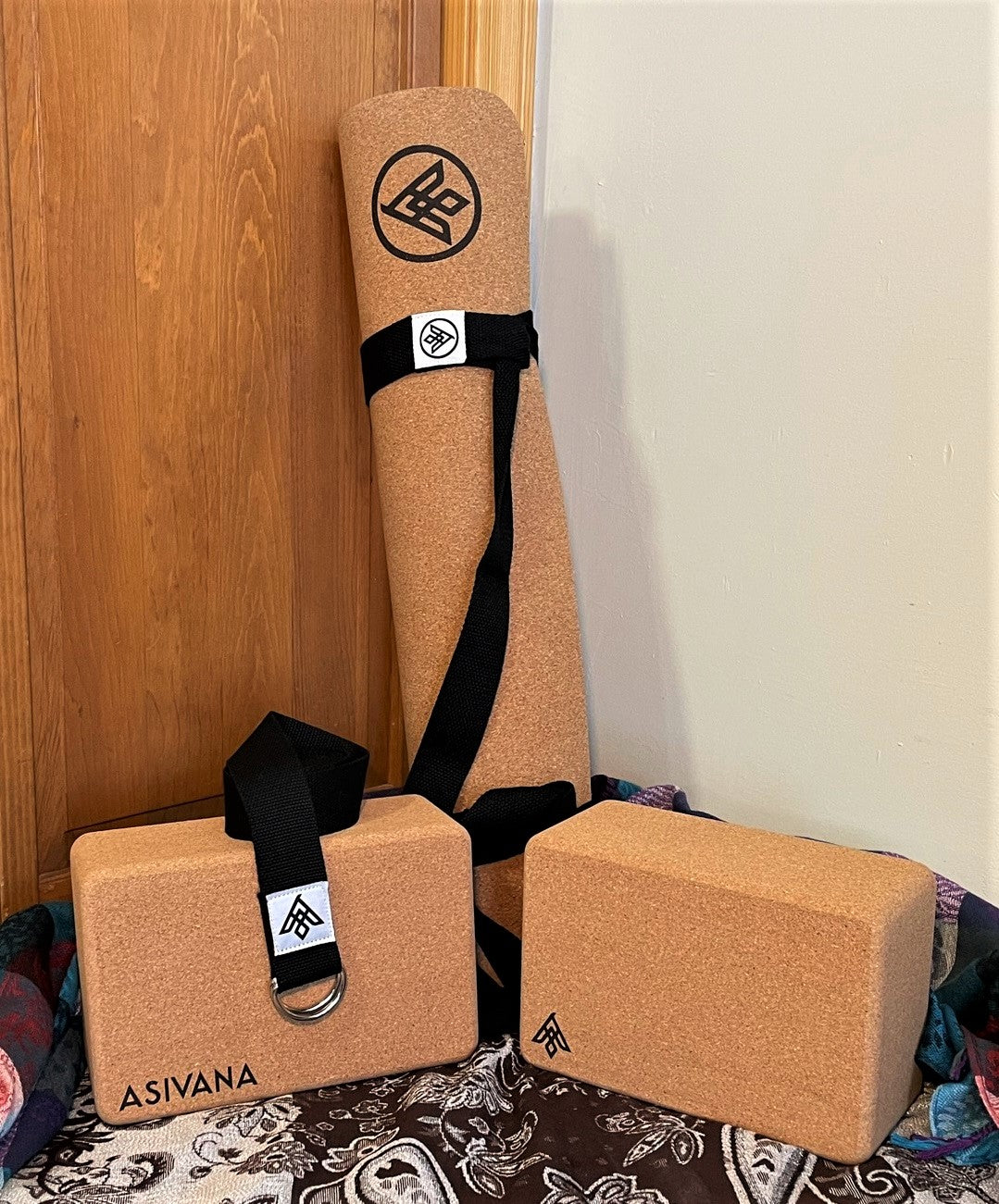




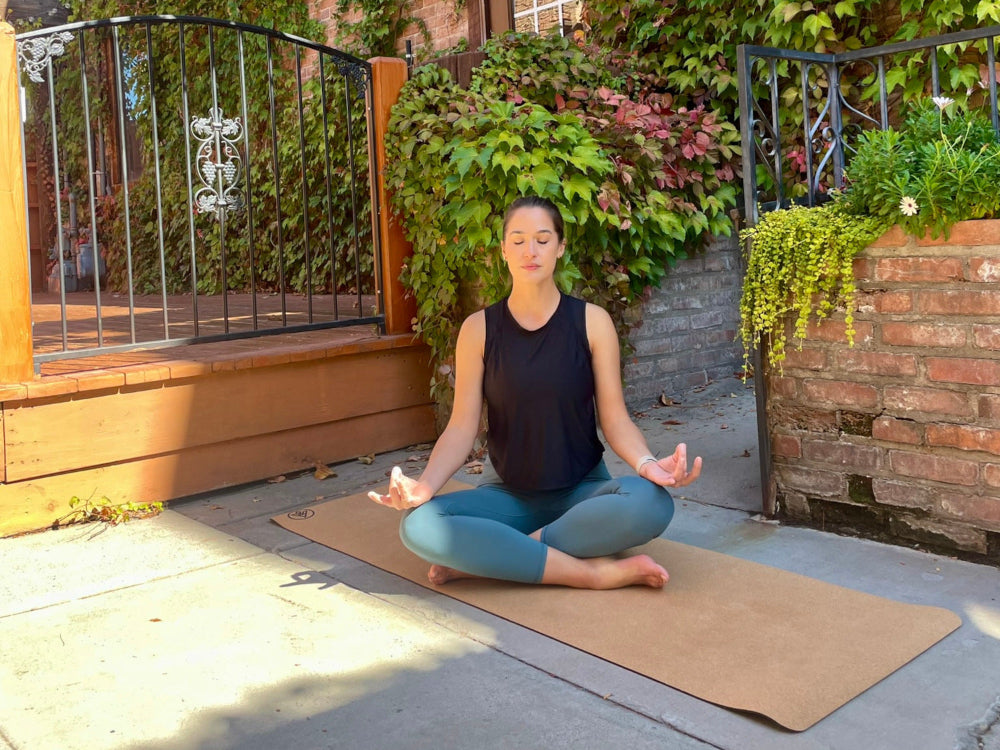


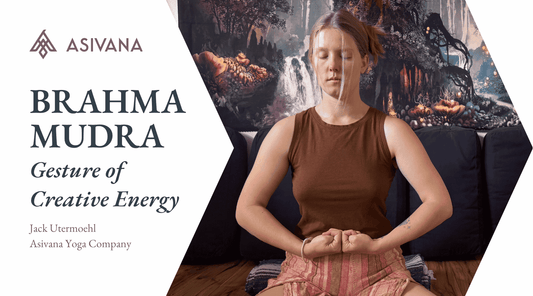
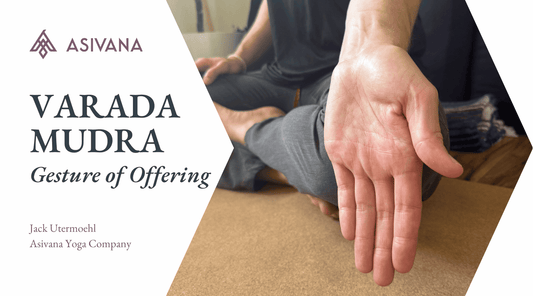
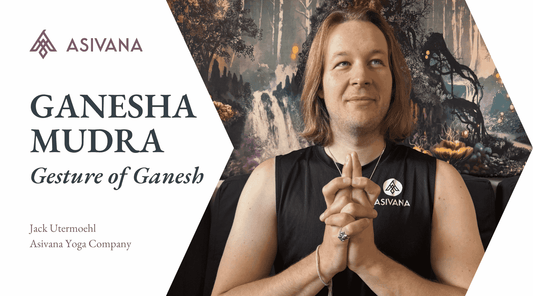




8 comments
Great list and I love the guide!
Excellent
Hello. Your list of mudras is interesting and compelling. Can you please share the yogic texts, traditions and/or teachers from which you learned these mudras? Thanks for sharing your wisdom.
yoga mudras in pdf form required
Gisela, I would use Yoni Mudra and even Jala Mudra to reintegrate the watery element of this space.